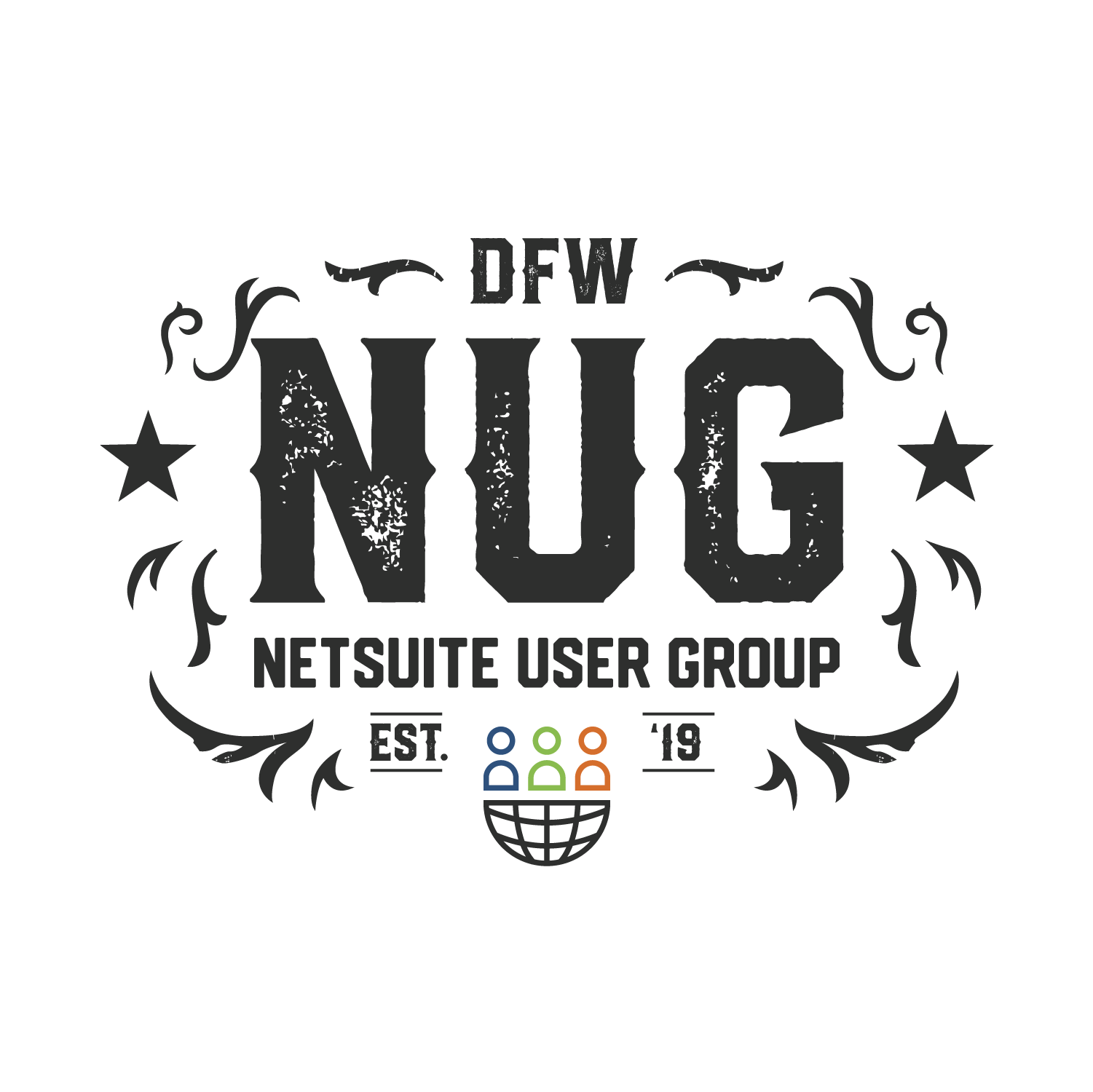 Photo by Eilis Garvey on Unsplash
Photo by Eilis Garvey on Unsplash
When Jeff Krause saw a pile of rusted barrel rings, he had a revelation. He envisioned shaping the salvaged metal into decorative art people could display in their homes.
Krause first shaped the rings into hearts and began selling them at his nursery in Houston. Inspired by the popularity of his hearts, Krause started showing his products at a biannual antiques fair in tiny Round Top, Texas, that attracts thousands of visitors.
A few years after Krause shaped that first metal heart, he formally launched The Round Top Collection in 1985, an ode to the Round Top town square where the business found its footing. Ever since, The Round Top Collection’s guiding principle has been to create gifts that encourage people to celebrate loved ones and special occasions.
“Our mission is that relationships are important – whether it’s with family or friends or loved ones – and taking time to show that you appreciate those relationships is meaningful,” Marketing Manager Jarrod Pate said.
Getting Its Pieces into More Homes
Early on, The RTC didn’t paint any of its made-to-order pieces and Krause did almost everything by hand. The business also began focusing on seasonal, holiday-themed pieces, including garden ornaments and a variety of home décor designs.
Word spread quickly about The RTC’s unique metal creations, and by the early 2000s, Krause could no longer keep up with demand. He outsourced some production overseas, a shift that allowed more people to display The RTC’s pieces in their homes or gardens and made the brand much more visible.
However, even today, every piece is designed in Houston. Krause works with an in-house painter, graphic artist and welder to develop prototypes of signs, hanging prints, finials and more.
About a decade ago, growth stalled because the mom-and-pop stores that sell The RTC’s creations had limited opportunity to see its products. Wholesale customers could only see its pieces at annual gift tradeshows in Dallas and Atlanta, severely limiting sales windows.
Digging up sales data for different seasonal collections on QuickBooks was also a struggle as the company’s product catalog and revenue grew.
“If you wanted to run reports on just your fall collection and you have 300 fall items, you’re manually picking each one,” said Wendy Havard, The RTC’s accountant. “If you want to see just how your pumpkins did, you have to go in and click each pumpkin, you can’t just search whether ‘pumpkin’ was in the name.”
Reaching More Customers Online
Having outgrown QuickBooks, which the business used for accounting and order and inventory management, The RTC opened its search for a more comprehensive solution that could also support a B2B ecommerce site.
A consultant who helped the organization find a new system thought NetSuite could be a fit since it could handle accounting, inventory and order management, and ecommerce. NetSuite was also a cloud solution that anyone with an internet connection could access, a key feature since both Pate and Havard are remote employees.
The RTC replaced QuickBooks with NetSuite in 2011. Though the new software came with a learning curve, Havard came to love its near-endless reporting capabilities. It also captured detailed information about each transaction, which made it easier to identify the source of problems and find a solution.
That same year, the company launched an online store for wholesale customers on NetSuite’s ecommerce solution. Pate said the site “was a huge game-changer when it came to sales.”
Enhancing the Buyer Experience
Over the last few years, Pate wanted to improve the buying experience by adding more features, but the aging ecommerce system limited his ability to do so. The site manager realized SuiteCommerce, NetSuite’s newest ecommerce solution, would take care a lot of the changes he wanted to make.
The RTC migrated its B2B ecommerce site to SuiteCommerce earlier this year with a SuiteSuccess implementation – the first phase of the project took only 46 days, with phase 2 customizations taking about the same amount of time. The new site has a modern look and feel, cleaner layout and new functionality like faceted navigation.
“I would say the user experience has significantly improved,” Pate said. “Now customers can narrow their search down and instead of looking through 300 items, they can narrow that down to the 50 that they really want.”
Adding new content or editing pages on the back-end is also much easier for Pate with SuiteCommerce’s Site Management Tools and Commerce Categories, which are designed for non-technical users.
As part of the move to SuiteCommerce, The RTC also started a new B2C site. It previously sold to consumers only at two retail stores in the Houston area, and this new sales channel opens up a whole new audience. Though it has yet to promote that site, traffic is increasing and shoppers are already placing orders.
The consumer-facing ecommerce site could be the next big step for a company that’s already come a long way since its humble beginnings on the Round Top town square.
“One of our biggest goals is to make our product more accessible,” Pate said. “In the past, we’ve really focused on small retailers, but with the launch of this new sales channel through ecommerce, we’re really looking to expand online and make consumers more aware of our product and share our message of bringing families and friends together to celebrate.”






